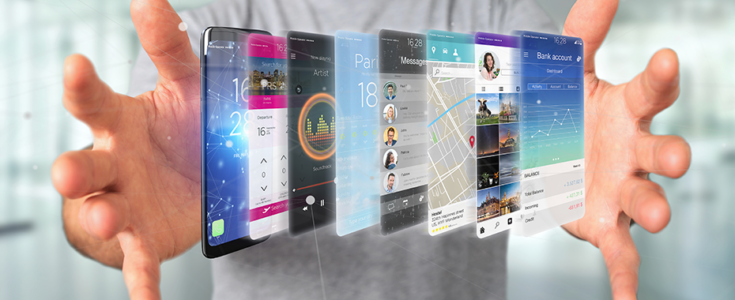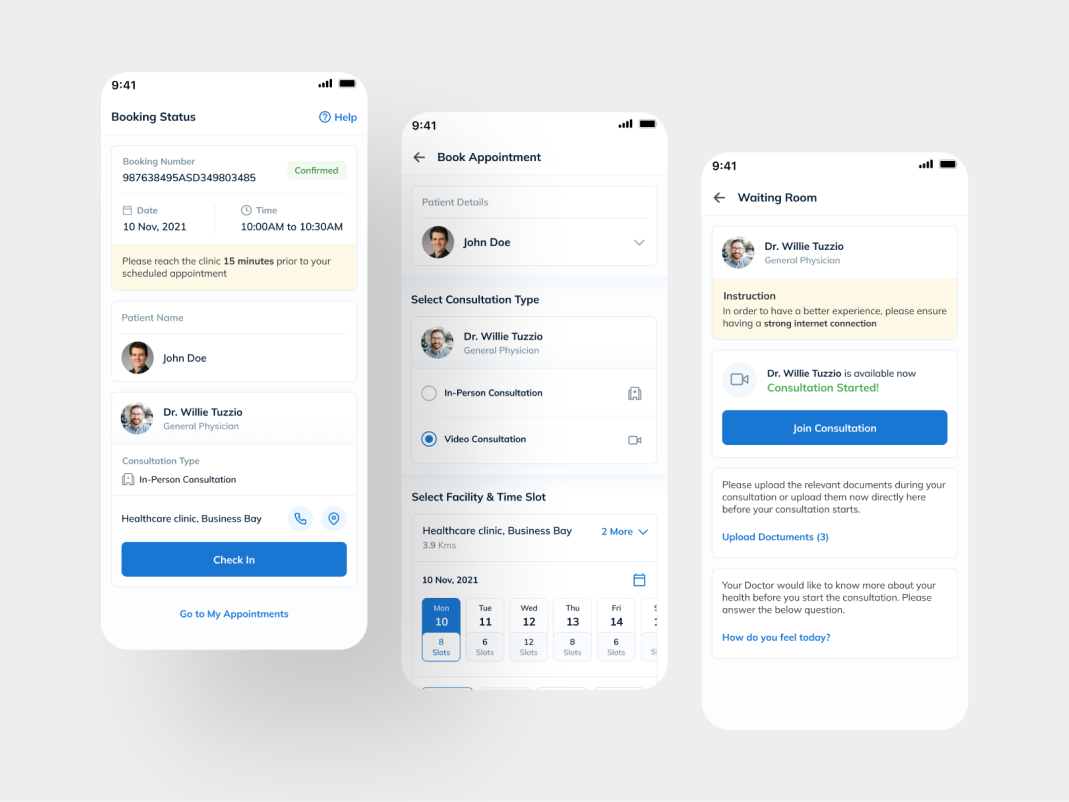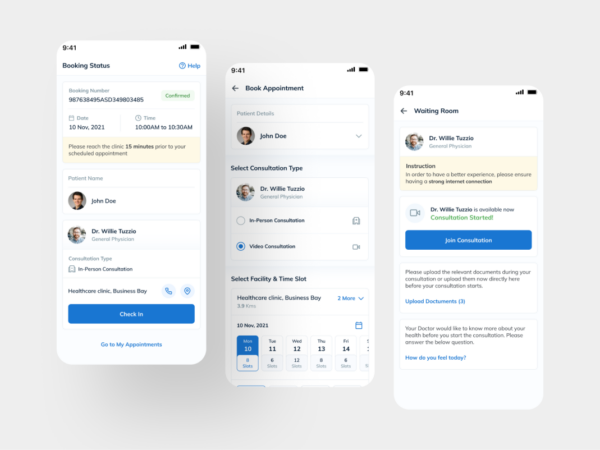

Building a product involves risk. A minimum viable product (MVP) can be a major catalyst for success, allowing companies to quickly turn ideas into products, test in real world conditions, and launch with confidence. But which MVP is right for you? In this article, we’ll explore the benefits of building a minimum viable product, the different types of MVP, and the process to get your MVP launched.
Why do you need an MVP?
A minimum viable product (MVP) is a version of a product with just enough features to be usable by early customers who can then provide feedback for future product development. The basis of an MVP is to validate the assumptions made about a product and test the market need. The ability to get early confirmation from users not only gets them to buy-in, but it allows for an early entrance to a market, yielding a strong competitive advantage in the business landscape.
In addition, an MVP affords businesses the opportunities to:
Get funding/Attract investors: A well-built MVP will highlight your product to investors signifying your go-to-market readiness
Types of MVPs
MVPs fall into two main groups: high-fidelity and low fidelity. Within these groups are several other types of MVPs organizations can pursue based on their needs and budget.
High-Fidelity MVPs

A high-fidelity MVP is a detailed clickable mockup of an app and seen as a more complex strategy to idea validation. High-Fidelity MVPs can:
Types of High-Fidelity MVPs
Low-Fidelity MVPs
Low-Fidelity MVPs test if there is a big enough group of customers willing to buy your product and seen as a more early-stage approach. Low-Fidelity MVPs allow you to:
Types of Low-Fidelity MVPs
Building an MVP
The average time to build an MVP may vary, but what is constant are the steps needed to be successful.



Step 1: Market Research
A great MVP starts with thorough market research. According to CB Insights, 35% of startups fail because there is no market need for their product or service. To command demand, a product or service needs to solve a particular problem. Initially, it’s important to first identify and understand the target audience.
First, by looking at the demographics, you can have a greater understanding of the age, race, gender and income of your potential customer. Further, you can create personas, which then offers information on the buyer’s personality, a snapshot of their motivations, what drives them to buy certain products, their preferences, and behaviors.

You’ll then have a better window into pain points and needs. By recognizing and understanding the customer earlier in the process, it helps to ensure greater chances of success later.
A true market and competitor analysis gives insight into target audience needs, pain points that are not being addressed, and exploits any weaknesses of your competitors.
Step 2: Feature Prioritization
For app features, it’s critical to limit your list to only what is necessary to take it to market. Focus on what functionalities you need to satisfy your target market, and reserve all others for future versions of your app.
Step 3: Design Process
Validation of your design can be realized with mobile app prototyping, which is simply a preliminary visual of your working product. Excellent mobile apps are both easy to use and beautiful to look at. A human-centric design that is consistent, simple, and minimal will be aesthetically pleasing and easy to use.
Step 4: Launch
Once the above steps have been completed, it’s time to launch. And though your app may be available to download, your work is far from over.
Step 5: User Feedback
After launch, gauging customer engagement will define the next steps in your process. Did your product solve their problems? What features did users respond well to? Are there improvements you can make to the UI?
Customer feedback is a direct and honest way to understand how to add value to your product, which may include adding or deleting features. In-app surveys, creating off-app communities, and beta tests are just a handful of ways to garner customer feedback.
To continually help increase the performance of your product and hopefully demand as well, don’t be afraid to encourage ongoing feedback from end users.
Ongoing: Make Improvements
By analyzing the results, you can then strategize the next steps to improve the product.
MVPs are the MVP
There is no one-size-fits-all approach to launching a digital application. Therefore, building a product is a very fluid and risky process. To optimize your chance of success, building an MVP is a great option. For those that go the MVP route, they can launch their products, acquire customer feedback, and continually improve their offerings with more confidence and less cost. In addition to vital product information gathered and continuous product enhancements, an MVP can also result in faster times to market for products, which can prove to a be a valuable competitive advantage in a crowded business landscape.
Let Apexon assist with your MVP. We’re ready to help you with your toughest and most demanding digital challenges. Ready to discuss? Our engineering experts are up for the task.